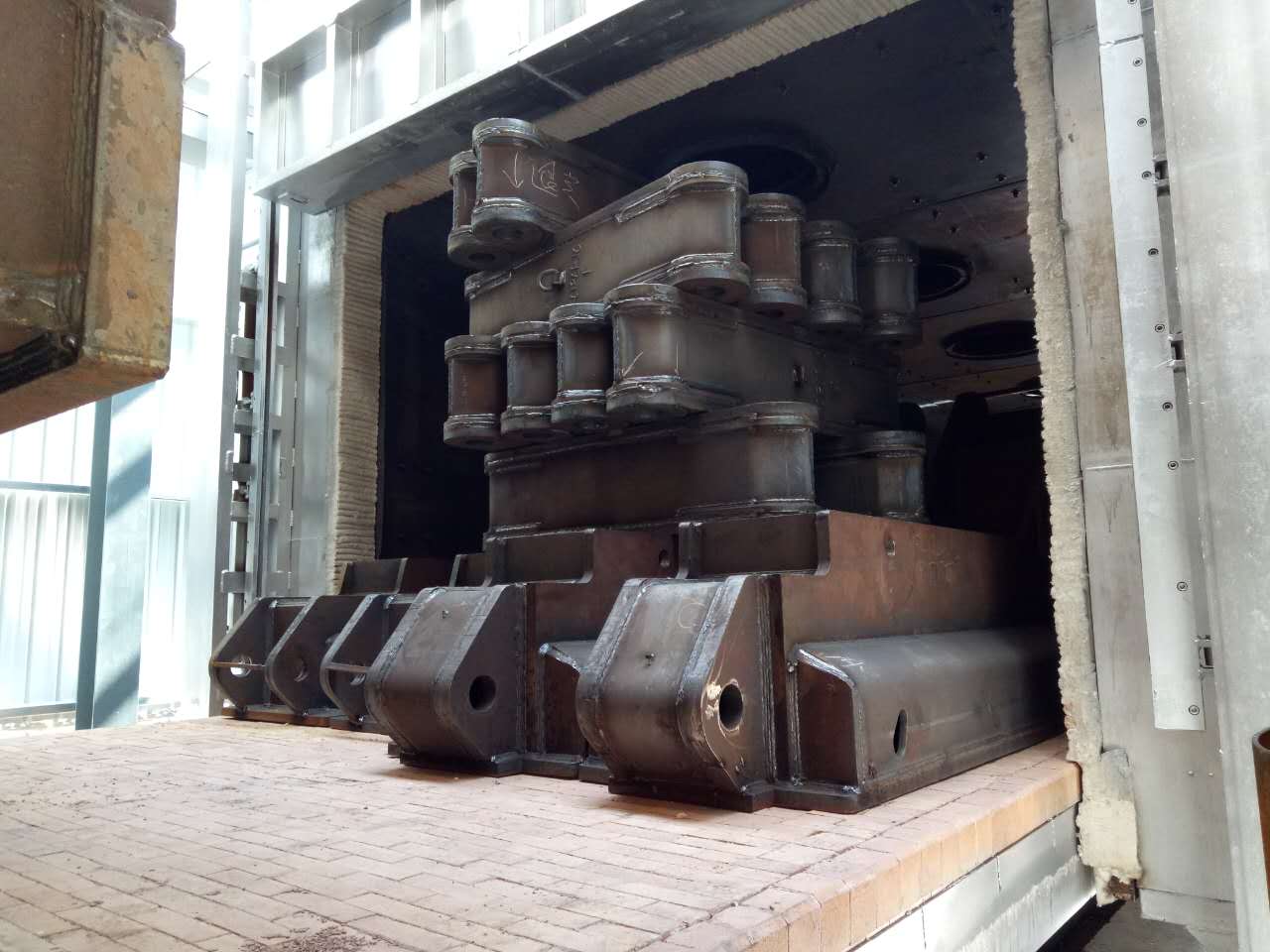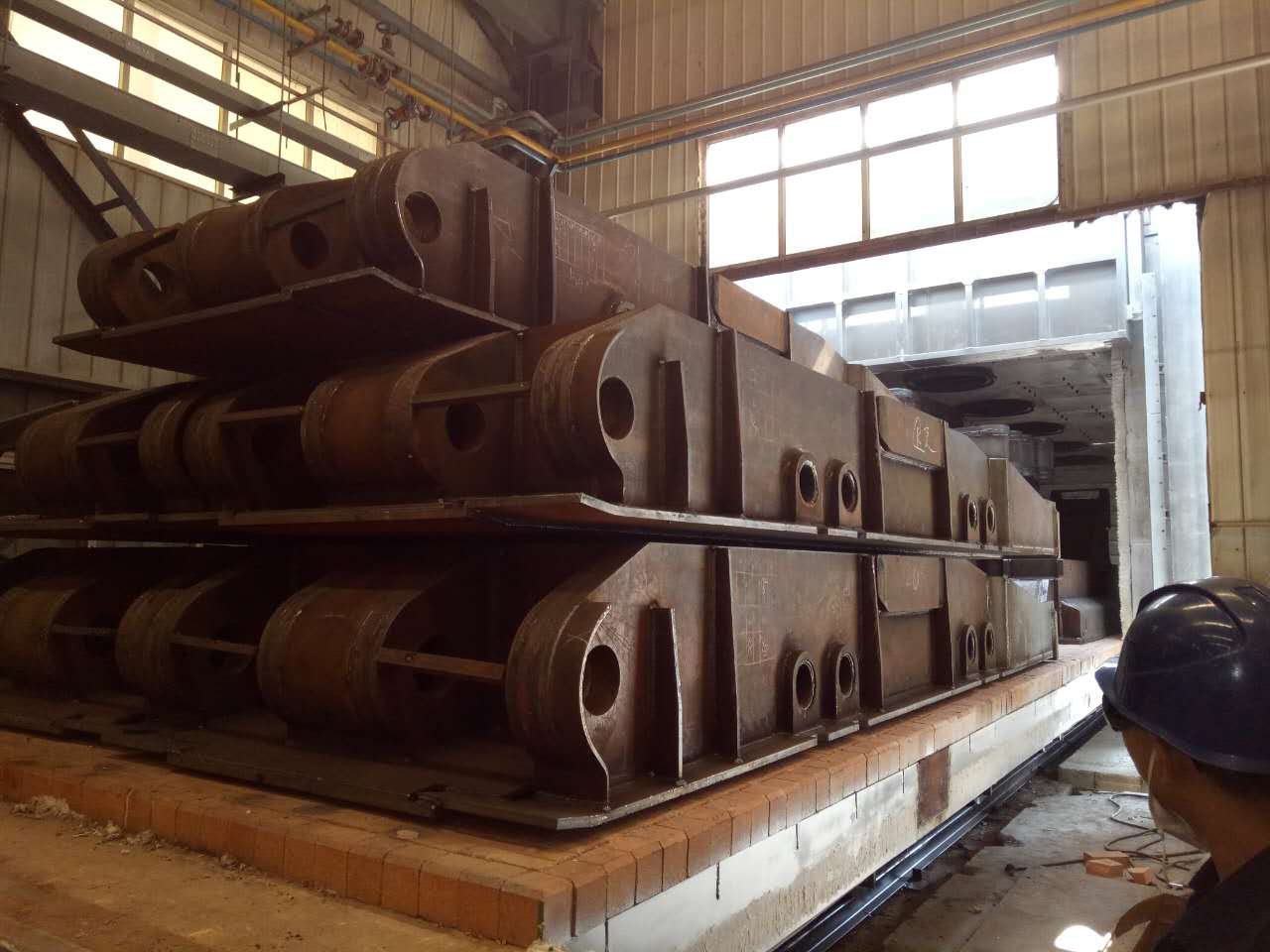Control of Annealing
Jun.23,2017
There are three important factors that must be considered when selecting an annealing heat treatment-the recrystallization temperature, the size of the recrystallized grains, and the grain growth temperature.
Recrystallization temperature. The recrystallization temperature is affected by a variety of processing variables.
1) The recrystallization temperature decreases when the amount of cold work increases. Greater amount of cold work make the metal less stable and encourage nucleation of recrystallized grains. There is a minimum amount of cold work, about 30% to 40%,below which ercrystallizaiton will not occur.
2) A smaller original cold-worked grain size also reduces the recrystallization temperature by providing more sites-the former grain boundaries –at which new grains can nucleate.
3) Pure metals recrystallize at lower temperatures than solid solution-strengthened alloys. Often this is helpful. For example, alloys that are to be brazed or soldered may resists annealing and softening during the joining operation more effectively than would a pure metal.
4) Increasing the annealing time reduces the recrystallization temperature. Thus, more time is available for nucleation and growth of the new recrystallized grains. However, temperature is far more important. Doubling the annealing time reduces the recrystallization temperature by only about 10℃.
5) The recrystallization temperature depends on the alloy. Generally, higher melting point alloys have a higher recrystallization temperature. Since recrystallization is a diffusion-controlled process, the recrystallization temperature is roughly proportional to 0.4Tm(absolute).
Recrystallized grain size. A number of factors also influence the size of the recrystallized grains. Reducing the annealing temperature, the time required to heat to the annealing temperature, or the annealing time will reduce the grain size by minimizing the opportunity for grain growth. Increasing the initial cold work also reduces the final grain size by providing a greater number of nucleation sites for new grains. Finally, the presence of a second phase in the microstructure helps prevent grain growth and keeps the recrystallized grain size small.
Grain growth temperature .Heat treatment times can be reduced, often at considerable economic savings, by performing the heat treatment at higher temperature. However, care must be taken to prevent grain growth. This applies to other types of heat treatments besides annealing. Occasionally, inclusions are deliberately introduced into an alloy in order to pin the grain boundaries and prevent grain growth, even at higher than normal temperatures.



